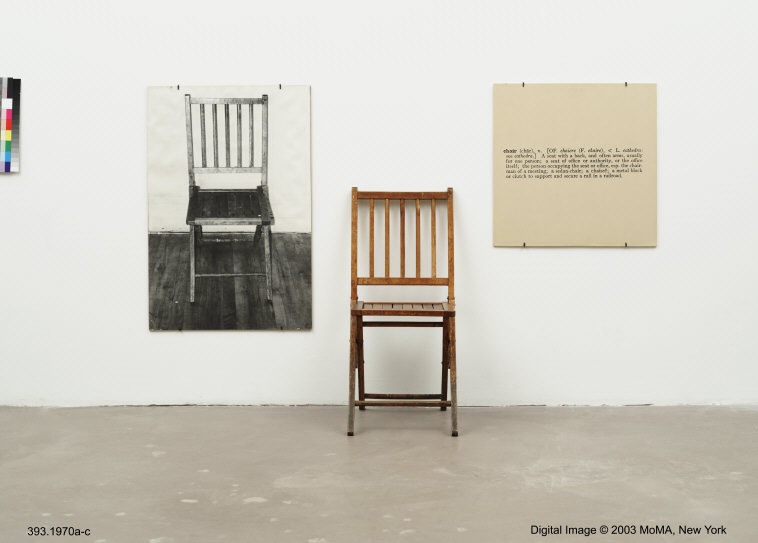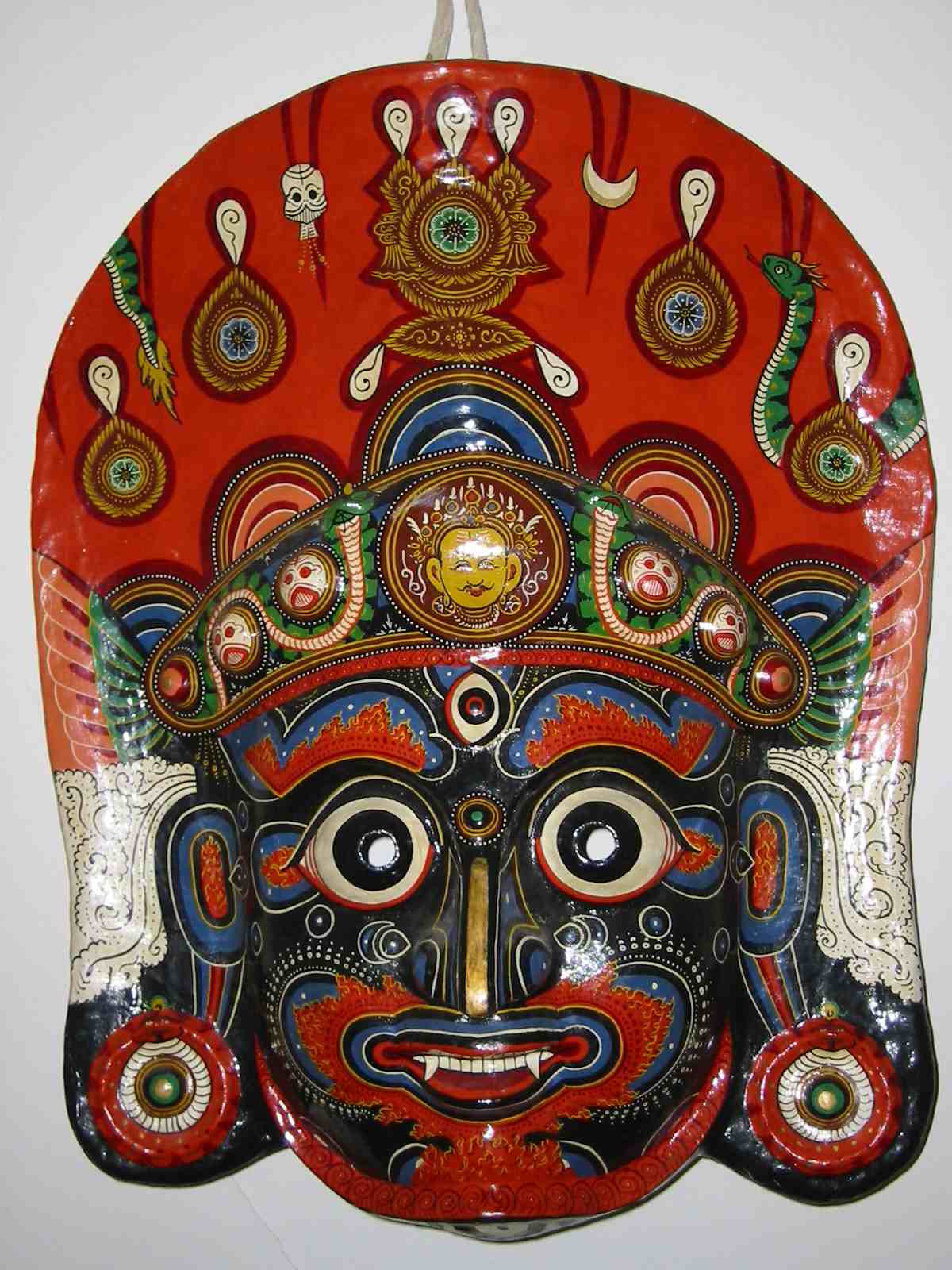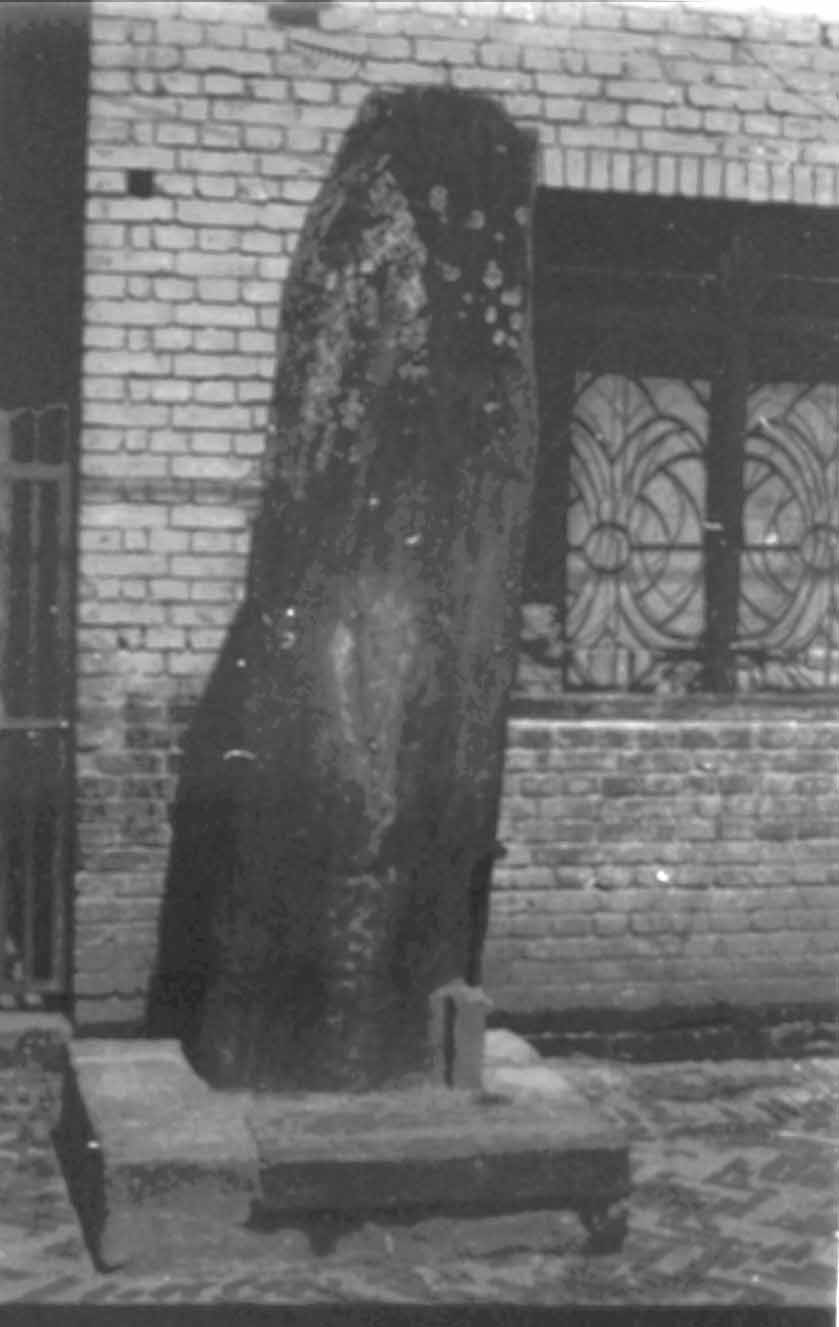Dictionary Definition
Bhairava is conceived of either as a wrathfulform of the god Shiva or as one of Shiva and his consort, Parvati, sons (Blom 1989; Doniger 1973; 1976). For the most part, Newars imagine Bhairava as an emanation of Shiva or, in prosaic practice, as a dangerous (gya[n]pumha) form of Mahadev who has released his shakti (Levy 1990; Toffin 1984). Sylvain Lévi estimates that there are five million Bhairavas alone in the Kathmandu Valley (Lévi 1905; Nepali 1988; Toffin 1984). Certainly, there is no place in Nepal not pervaded by the god (Nepali 1988). Newar Buddhists worship a form of him as Harkhandya, and Tibetan tantrism has adopted the god’s esoteric currents as Varjabhairava (Gellner 1993) .
![]() In
his anthropomorphic form, Bhairava has fangs, bulging eyes, and dark blue
or black coloring, carries a wide range of destructive weapons in his
many arms, and has a garland of skulls. Indian and Nepalese iconographic
manuscripts mention hundreds of Bhairavas. Each Bhairava in these iconographic
manuscripts is listed with a short description, including the number of
arms, heads, and eyes and types of ornaments and instruments. For instance,
in the Sacitrapatrani (Nepal National Archives Catalogue ms. 1.1314, Nepal-German
Manuscript Preservation Project, reel no. A 544/6), Bhairava is depicted
with a grimace, garland of skulls, snake ornaments, and elephant skin.
In his twelve arms he carries the threatening finger, arrow, axe, hook,
sword, elephant skin, trident, and staff with skull at the top. In Newar
model books, a four-armed Batuka Bhairava is shown standing on a demon
that drinks blood from a skull. The god’s left arm holds a beautiful
form of the goddess Vaisavi. He is adorned with all kinds of ornaments,
skull garlands, a moon-sickle, and a tiger skin. The face is large and
full with three large open eyes and a fanged-tooth grinning mouth. In
his first two right hands he carries a skull and a knife; in the remaining
arms he carries a skull staff and a trident. The paws of an elephant skin
are hung over his body.
In
his anthropomorphic form, Bhairava has fangs, bulging eyes, and dark blue
or black coloring, carries a wide range of destructive weapons in his
many arms, and has a garland of skulls. Indian and Nepalese iconographic
manuscripts mention hundreds of Bhairavas. Each Bhairava in these iconographic
manuscripts is listed with a short description, including the number of
arms, heads, and eyes and types of ornaments and instruments. For instance,
in the Sacitrapatrani (Nepal National Archives Catalogue ms. 1.1314, Nepal-German
Manuscript Preservation Project, reel no. A 544/6), Bhairava is depicted
with a grimace, garland of skulls, snake ornaments, and elephant skin.
In his twelve arms he carries the threatening finger, arrow, axe, hook,
sword, elephant skin, trident, and staff with skull at the top. In Newar
model books, a four-armed Batuka Bhairava is shown standing on a demon
that drinks blood from a skull. The god’s left arm holds a beautiful
form of the goddess Vaisavi. He is adorned with all kinds of ornaments,
skull garlands, a moon-sickle, and a tiger skin. The face is large and
full with three large open eyes and a fanged-tooth grinning mouth. In
his first two right hands he carries a skull and a knife; in the remaining
arms he carries a skull staff and a trident. The paws of an elephant skin
are hung over his body.
In Bhaktapur, there are at least twenty-eight major manifestations of Bhairava. The most important anthropomorphic Bhairava is Sky Bhairava, whose temple in the city of Bhatkapur’s Taumadhi Square is frequented by over 750 people on a typical day. Sky Bhairava’s temple is not only the pivotal point for Bhaktapur’s Biska festival, one of the city’s three largest annual events, but also a major focus of all major festivals in Bhaktapur. Sky Bhairava’s temple enthrones three forms of the god. In the front, facing the square is a small six-inch-tall god—the Death Bhairava—who receives most of the public worship. Inside, on the second floor, is Sky Bhairava’s actual god-image. This image, however, is only a head. Myth has it that this is the head of a decapitated image of the god in Varanasi, India. Behind the temple is an image of Vetala, who in Puranic accounts is Bhairava’s brother (Doniger 1973). Vetalas are also a class of demons, ghouls, and vampires who live in burial grounds. In Bhaktapur, Vetala is thought of as Bhairava’s henchman or even his vehicle, and he rides on the prow of Bhairava’s chariot during the festival of Biska. Vetala’s appearance, with a mustache and a more human face, approximates Indian iconographic representations of Bhairava. In other Bhairava temples in Nepal, it is often Vetala who takes blood sacrifices (Nepali 1988).
Other “semianthropomorphic” images of Bhaktapur’s Bhairava are Funeral Mat Bhairava (Pulu Bhairava) and the Bhairava God in the Shape of a Cow (Baila Dyah Yagu Su), which is used in Bhaktapur’s Cow Procession Festival. Beyond Bhaktapur, Bhairava is one of the most important gods of Nepal (Gellner 1993; Nepali 1988; Slusser 1982; Toffin 1984; Vergati 1995). Besides the numerous large centers of worship—Kala Bhairava, Pacali Bhairava, Sveta Bhairava, Tika Bhairava, and Vyaghreshvara Bhairava—are the iconographic manuscripts that depict him, as well as the tantric manuscripts that record his dialog with the yoginis. On a prosaic level in Bhaktapur, “impurity eating deities” are imagined as a form of Bhairava. Usually found at major crossroads in Newar cities, these deities are stones for the disposal of objects exerting a magical threat, such as clothes of the dead, umbilical cords, and the ashes of the torch used to exorcise evil spirits from a house. They are considered to “eat” ritual pollution as well as protect the area from thieves, illness, and misfortune caused by evil spirits. After every major feast or rite of passage, an offering must be made to these stone aniconic Bhairavas, lest they become neglected and troublesome. Similarly, Bhairava is also imagined to inhabit the wood block forming the base of the threshold of the main door of every house. Conversely, Bhairava is imagined as the god of locomotion. His image can be seen on the tongue of Matsyendranath’s chariot. Even the three eyes on each of Sky Bhairava’s chariot’s wheels are themselves considered forms of Bhairava who are concerned with locomotive force. His locomotive aspect explains his logo on the Royal Nepal Airlines jet plane.
The god’s most significant aspect, however, is as a guardian of the directions. In his eightfold manifestation of Astabhairavas, Bhairava presides, either alone or paired as consort with the eight mother goddesses, over the spatio-ritual organization of sacred cities. Each of the eight Bhairavas—Asitanga, Ruru, Canda, Krodha, Unmatta, Kapala, Bhinada, and Samhara—is chief of seven other Bhairavas, all together sixty-four of whom are the companions of the sixty-four yoginis. The Bhairavas and yoginis are associated with tantric religious practice. Their fullest account is given in the Srimatottaratantra from 1609 C.E., which is a verbatim copy of a section of the Kulalikamnaya from the Kubjikamatantra (Blom 1989). The eighteenth chapter, called “Circle of Yoginis,” gives a detailed description of each of the eight Bhairavas, starting with Asitanga. All the gods are either cruel, frightful, or very cruel. All have ornaments, garlands, multicolored crowns, earrings, and bracelets. In the manuscript Nanastotracitrasamgraha, each of the eight Bhairavas—such as Unmatta Bhairava on his deer vehicle with the boar-headed consort Varahi—is depicted in turn. Starting in the eighteenth century, there is evidence from temple struts and from model books in Bhaktapur that the Astabhairavas are of great importance (Blom 1989; Macdonald and Stahl 1979).
Outside of Nepal, in the rest of South Asia, Bhairava’s wrathful forms are an important point of conjuncture between “folk cults” and “high” Hindu gods (Visuvalingam 1989). Although there are specific local features, Bhaktapur’s Bhairavas are not an isolated phenomenon. There is no doubt that there is a continuing conversation between Bhaktapur’s Bhairava and his larger constellation. For instance, in the Hindi film Bhairavi and the Underworld, which played all over India in 1985, a tantric adept seeks magical powers through human sacrifice. This depiction corresponds closely to one of the founding myths of the Navadurga cult in Bhaktapur (Visuvalingam 1989; Toffin 1984).



